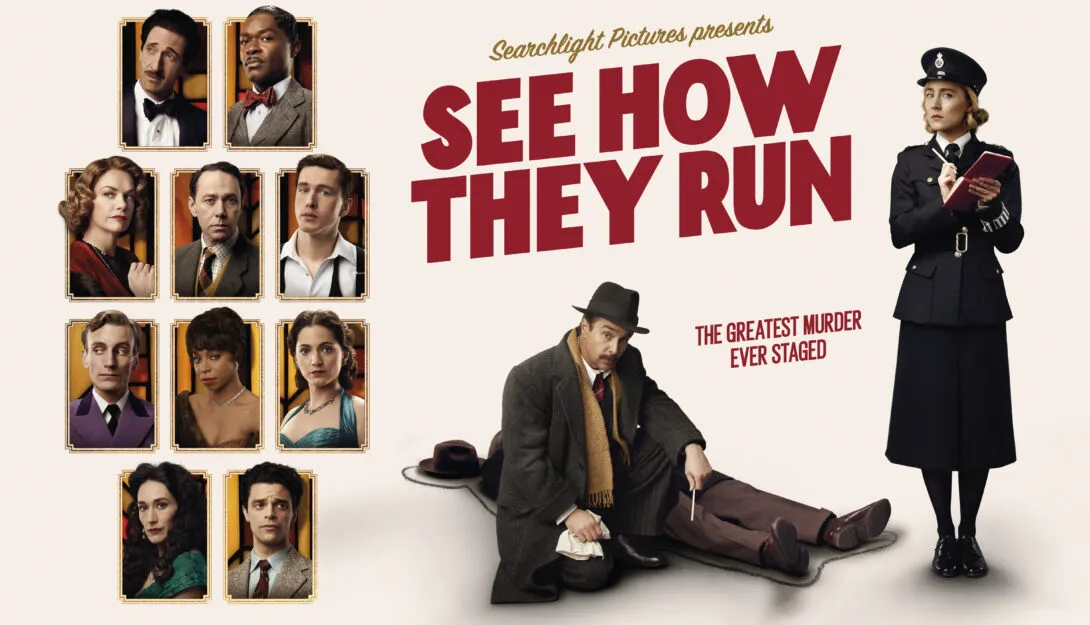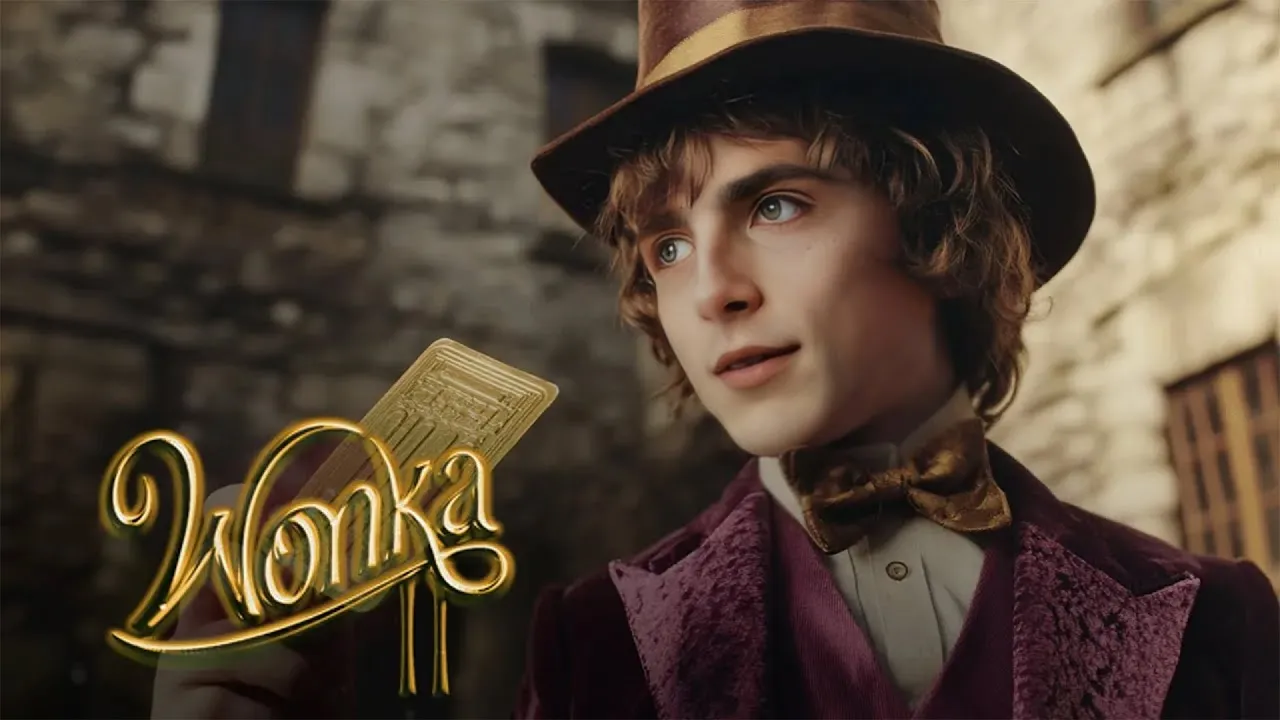Project Hail Mary is a survival story, a space epic, and a tale of unexpected friendship — all orbiting a single question: what does it take to save a planet, and at what cost?
Based on Andy Weir’s bestselling 2021 novel, the upcoming film (starring Ryan Gosling as the protagonist, Ryland Grace) aims to capture the same mix of hard science, dark humor, and emotional gravity that made the book a modern sci-fi classic. Helmed by Phil Lord and Christopher Miller, known for their ability to balance genre with heart, the film promises a blend of realism and wonder — a space thriller rooted as much in humanity as it is in physics.
The story begins with a man waking up in a strange spacecraft. He’s alone. His two crewmates are dead. He doesn’t know where he is — or who he is.
As memories begin to return, he realizes: his name is Ryland Grace, and he is humanity’s last hope.
Earth is dying. A mysterious microorganism called Astrophage is consuming the sun’s energy at an accelerating rate. In a desperate attempt to stop a global extinction event, scientists discovered that a star named Tau Ceti, located 12 light-years away, is not affected by the Astrophage. Grace — a former molecular biologist turned middle school science teacher — was drafted, reluctantly, into a global project to determine why. Now, alone aboard the spacecraft Hail Mary, he must uncover a solution, reverse engineer it, and somehow send the knowledge back to Earth — all before humanity runs out of time.

That premise alone would be enough for most science fiction films. But Project Hail Mary dares to go further.
Midway through his mission, Grace makes contact with an unexpected visitor: an alien ship approaching Tau Ceti, damaged and strange. Onboard is a lifeform from another world — a spider-like, silicon-based creature he later names Rocky. Rocky’s species, it turns out, is facing the same threat from the Astrophage in a different star system. Against all odds, the two form a tenuous alliance.
What follows is one of the most unique and touching portrayals of first contact in recent science fiction. Unlike many stories where aliens are threats or saviors, Project Hail Mary imagines an alien as a partner, a problem-solver, a friend.
Grace and Rocky, separated by biology, language, and technology, communicate through shared math, rhythm, and perseverance. Their friendship — evolving from necessity to genuine affection — becomes the emotional core of the story.
Rocky is a triumph of character design. He’s logical, curious, intensely loyal, and utterly alien in thought. His world is ruled by high pressure and ammonia atmospheres, his speech consists of chords and harmonics. But he is, in many ways, more human than the humans back on Earth — honest, determined, and unflinchingly brave.

The film, if it mirrors the book’s tone, will likely oscillate between tense survival scenarios and moments of genuine humor. Grace is not a space marine or superhero. He’s a science teacher with a sharp wit and an aversion to heroism. That makes his arc all the more compelling. Watching him transform from reluctant participant to planetary savior is not just inspiring — it’s believable.
From a visual standpoint, Project Hail Mary offers both minimalism and grandeur. The spaceship interior is tight, utilitarian, and claustrophobic — a setting for tension, ingenuity, and character growth. But outside the ship: deep space. Tau Ceti. Alien vessels. Two life forms working side-by-side against cosmic odds. If executed well, this could be one of the most visually distinct sci-fi films since Interstellar or Arrival.
But beneath all the problem-solving and space exploration lies a deeper story: one of redemption and purpose. Grace starts as a man who ran from responsibility. A scandal in his academic past drove him away from research, away from ambition. It’s only through his bond with Rocky — and the knowledge that his actions could save not just one world but two — that Grace finds meaning again.

The film's pacing, like the novel, may rely heavily on dual timelines: the present, where Grace survives alone in space, and flashbacks to Earth, where the mission was conceived. These timelines converge emotionally, giving audiences insight into what it means to step forward when everyone else steps back.
It’s also worth noting how rare it is for a modern science fiction story to focus so deeply on cooperation over conflict. There are no space wars in Project Hail Mary, no gunfights or evil aliens. The stakes are enormous, but the threat is apolitical — a biological mystery threatening the sun itself. The solution? Collaboration. Shared intelligence. Mutual sacrifice.
In a cinematic landscape often dominated by dystopia and disaster, Project Hail Mary feels — paradoxically — optimistic. It reminds us that survival isn’t about who’s strongest or smartest, but who’s willing to trust, learn, and care. Grace and Rocky, two unlikely heroes from opposite ends of the galaxy, show that empathy can be the most powerful force in the universe.

If the film retains the novel’s emotional resonance, it has the potential to be more than just a thrilling space story — it could be a defining science fiction film of the decade.
The moral of Project Hail Mary is not just about saving Earth. It’s about what kind of people we choose to be when no one is watching — and how even the smallest act of courage can echo across the stars.



-1751510377-q80.webp)